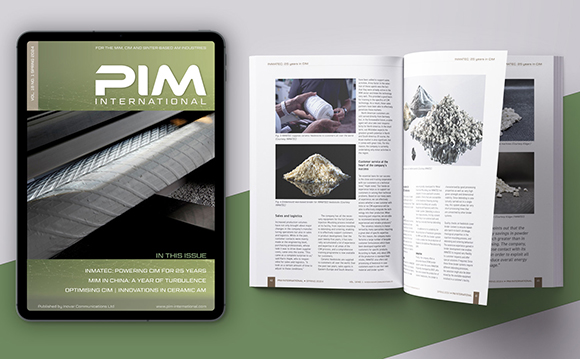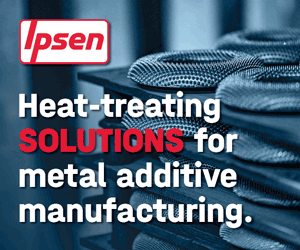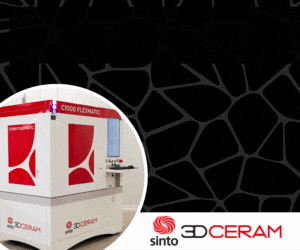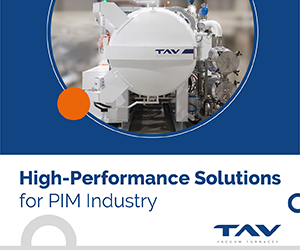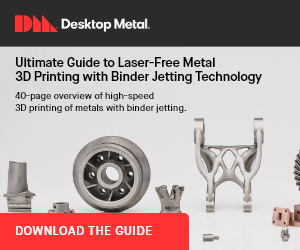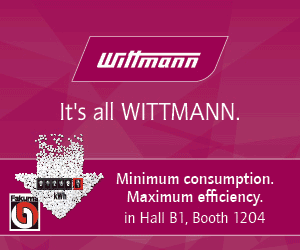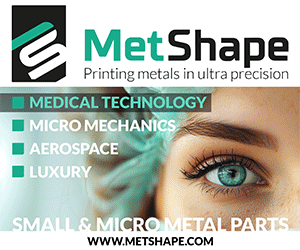Improved biocompatibility of MIM 316L stainless steel dental implants with micro features
February 16, 2017
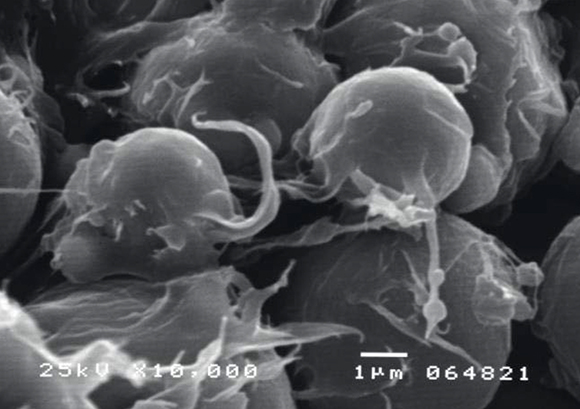
Fig. 1 SEM micrograph of the 316L stainless steel feedstock (10,000 X). (From paper: ‘Manufacturing Dental Implants using Powder Injection Moulding’ by T.J. Ferreira, et al. Journal of Orthodontics & Endodontics Vol. 2, No. 1:21, 2016)
Results of research into the cost effective series production of austenitic 316L stainless steel dental implants with micro features by Powder Injection Moulding were recently published in a paper by T J Ferreira (Centro de Engenharia Mecânica da Universidade de Coimbra, Portugal) et al., in the Journal of Orthodontics and Endodontics (Vol. 2, No.1:21, 2016) and available online at http://orthodontics-endodontics.imedpub/com. Key to the research effort was developing a procedure capable of injection moulding complex 3D shapes with micro details below 0.1 mm. This, the authors stated, involved coating the micro mould with a high hardness and near frictionless thin film of dichalcogenides sulphides (W-S-C) which improves the performance of the ejection step of the complex shaped moulded parts and which minimises the force needed to separate the parts from the moulding surface, thereby maintaining dimensional accuracy in the moulded part and prolonging moulding tool life. Another key aspect was to coat the sintered MIM 316L stainless steel implants with nano thin films of hydroxyapatite doped with silicon to improve bioactivity of the implants and hence osseointegration.
The authors used spherical water atomised austenitic 316L stainless steel powder having a powder distribution of d10 = 2.99 µm, d50 = 7.68 23 µm and d90 = 12.63 µm. The 316L stainless powder was mixed with a multi-polymeric binder based on polyolefin waxes with the best powder/binder ratio in the moulding feedstock found to be 60:40. An SEM micrograph of the feedstock shows that the 316L powders are homogeneously surrounded by the binder (Fig.1).
The micro-cavities surfaces of the mould were, as stated above, coated with W-S-C using sputtering technology which allowed a reduction of around 50% of the force needed in the ejection step and to separate the parts from the micro mould surface. The moulding surfaces were evaluated by SEM and Fig. 2 shows some of the threads on the moulded implant surface (a) and the good definition obtained on the top of the surface cavity of the dental implant (b). Fig. 3 gives an indication of the benefit of the W-S-C coating on the reduced extraction force needed at injection moulding temperatures of 40°C and 65°C.
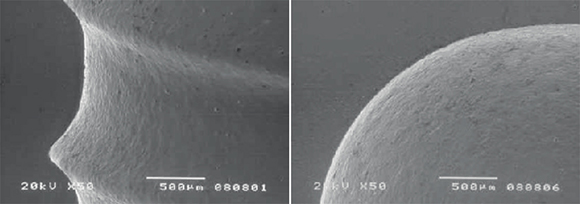
Fig. 2 Moulding surface analysis (50 X) of (a) implant thread and (b) top of the surface cavity of the implant. (From paper: ‘Manufacturing Dental Implants using Powder Injection Moulding’ by T.J. Ferreira, et al. Journal of Orthodontics & Endodontics Vol. 2, No. 1:21, 2016)
Thermal debinding of the green parts was done up to a maximum temperature of 700°C in 95% Ar-5% H2 atmosphere and the brown parts were then sintered in the same atmosphere at 1250°C for a holding time of 60 min. During debinding and sintering the dental implant parts had a shrinkage of 13% up to 14% with a bright surface finish in the finished parts.
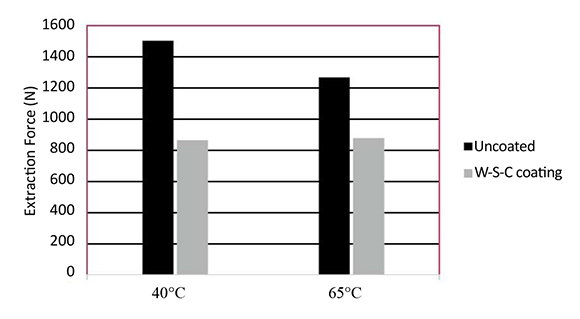
Fig. 3 Comparison of extraction force needed for uncoated and W-S-C coated tools at different temperatures. (From paper: ‘Manufacturing Dental Implants using Powder Injection Moulding’ by T.J. Ferreira, et al. Journal of Orthodontics & Endodontics Vol. 2, No. 1:21, 2016)
In order to improve the biocompatibility and osseointegration of the MIM 316L stainless steel implants, they were coated with three different thin films of hydroxyapatite (HA) with and without silicon additions. The HA coated implants were then subjected to insertion torque tests using a bovine rib because its cortical and spongy regions are similar to a human mandible bone. The test showed that the MIM 316L stainless steel implants were mechanically suitable for this application.




